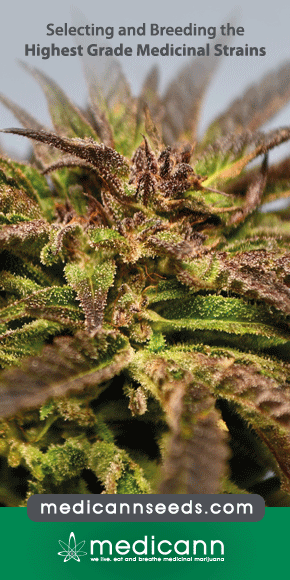A user’s guide to cannabinoid therapies in oncology
“Cannabinoid” is the collective term for a group of chemical compounds that either are derived from the Cannabis plant, are synthetic analogues, or occur endogenously. Although cannabinoids interact mostly at the level of the currently recognized cannabinoid receptors, they might have cross reactivity, such as at opioid receptors. Patients with malignant disease represent a cohort within health care that have some of the greatest unmet needs despite the availability of a plethora of guideline-driven disease-modulating treatments and pain and symptom management options. The use of cannabinoid therapies could be effective in improving quality of life and possibly modifying malignancy by virtue of direct effects and in improving compliance or adherence with disease-modulating treatments such as chemotherapy and radiation therapy.


